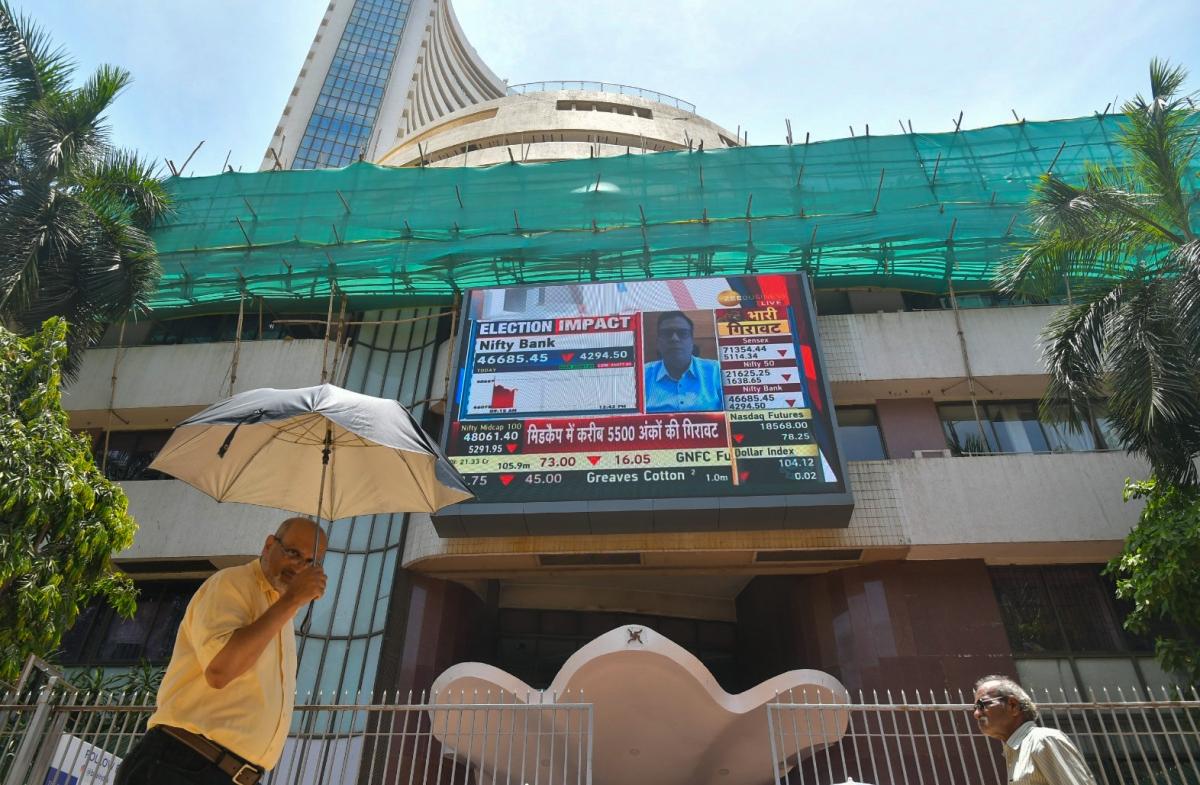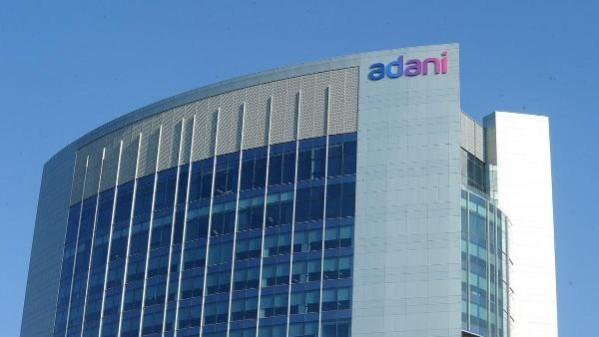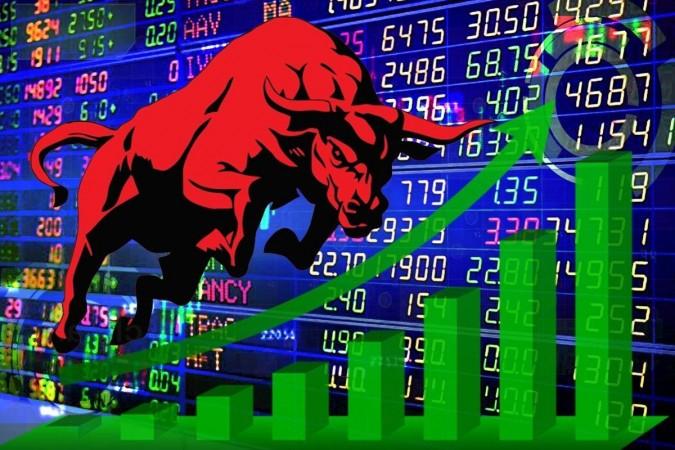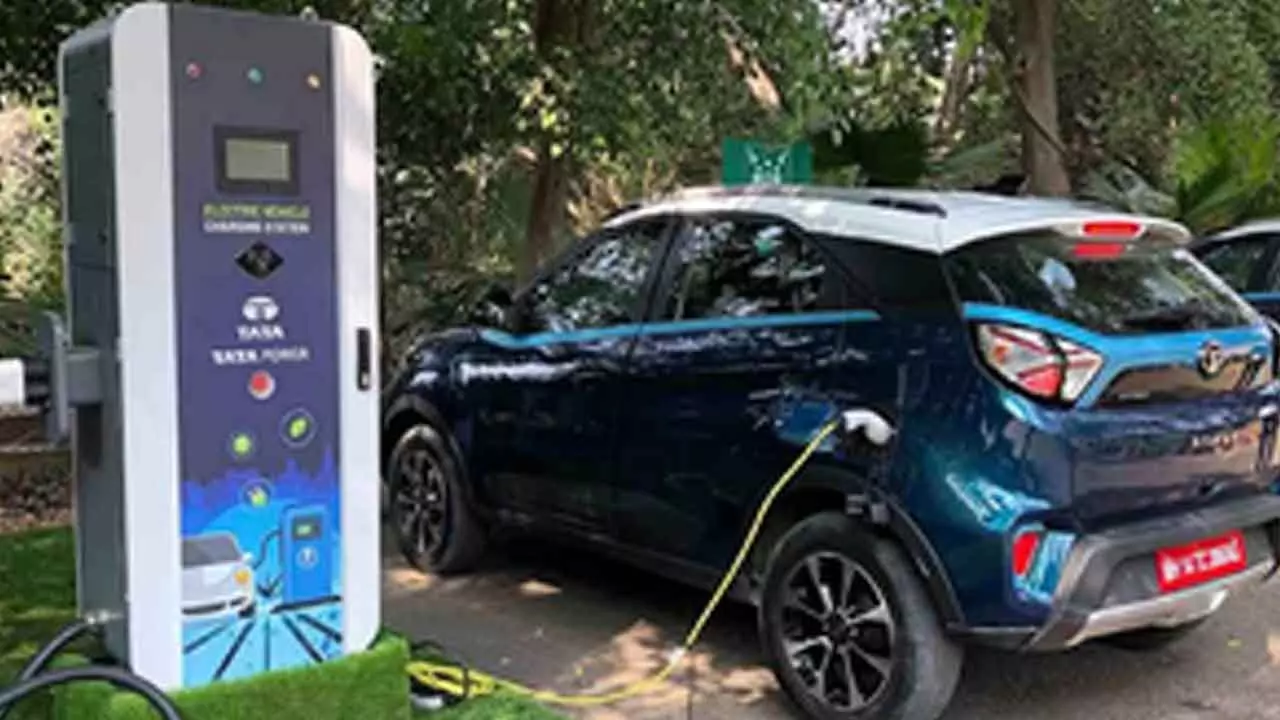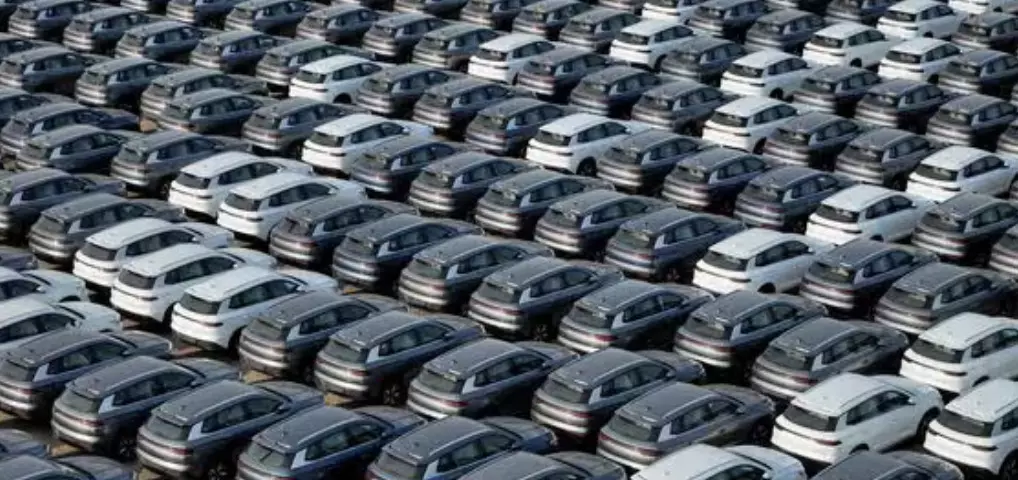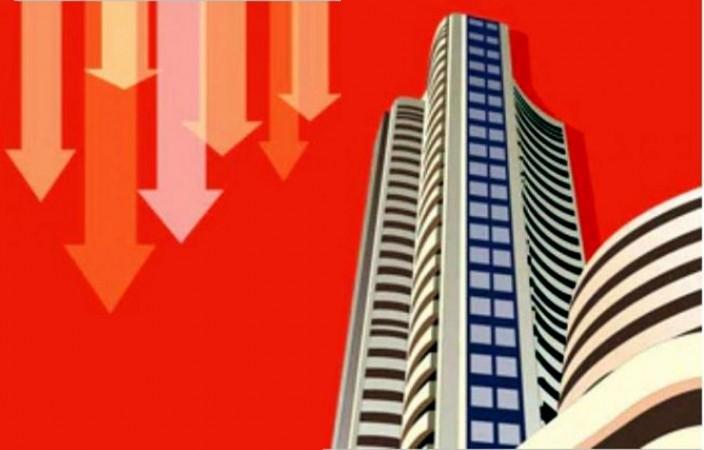
India’s smartphone market is estimated to grow 7-8 per cent this year, driven by strong demand for premium, 5G and AI smartphones, according to a new report.
The mobile handset market in India is expected to maintain steady growth.
“As brands focus on bridging technology gaps and introducing affordable 5G devices, the competition will likely intensify. The new wave of AI-capable devices will continue to fuel consumer preferences in the coming quarters,” said Pankaj Jadli, Analyst-Industry Intelligence Group (IIG), CyberMedia Research (CMR).
In Q3, India smartphone market grew 3 per cent despite global economic challenges.
The consumer demand in India remains robust, driven by an increase in mid-range and premium smartphone preferences. The 5G smartphone shipments share increased to 82 per cent, marking a notable 49 per cent YoY growth.

Vivo led the 5G smartphone market with a 18 per cent market share, followed by Samsung at 17 per cent during the quarter.
According to Menka Kumari, Analyst-Industry Intelligence Group, CMR, India’s smartphone market is demonstrating remarkable adaptability, with consumer preferences increasingly focused on 5G adoption and premium features.
The continued growth of 5G smartphones, coupled with strong demand in the Rs 10,000 to Rs 13,000 price band, signals a growing consumer base for high-performance devices at accessible price points.
Additionally, the premiumisation wave continues to stay strong, with the premium segment (above Rs 25,000) witnessing a 26 per cent YoY growth, said Kumari.
Apple marked a notable increase, with shipments rising 27 per cent. • Nothing has experienced impressive growth of approximately 646%= per cent.
The feature phone market in India saw a 14 per cent decline in Q3, primarily driven by a significant 46 per cent drop in 4G feature phone shipments, said the report.
(With inpurs from IANS)



